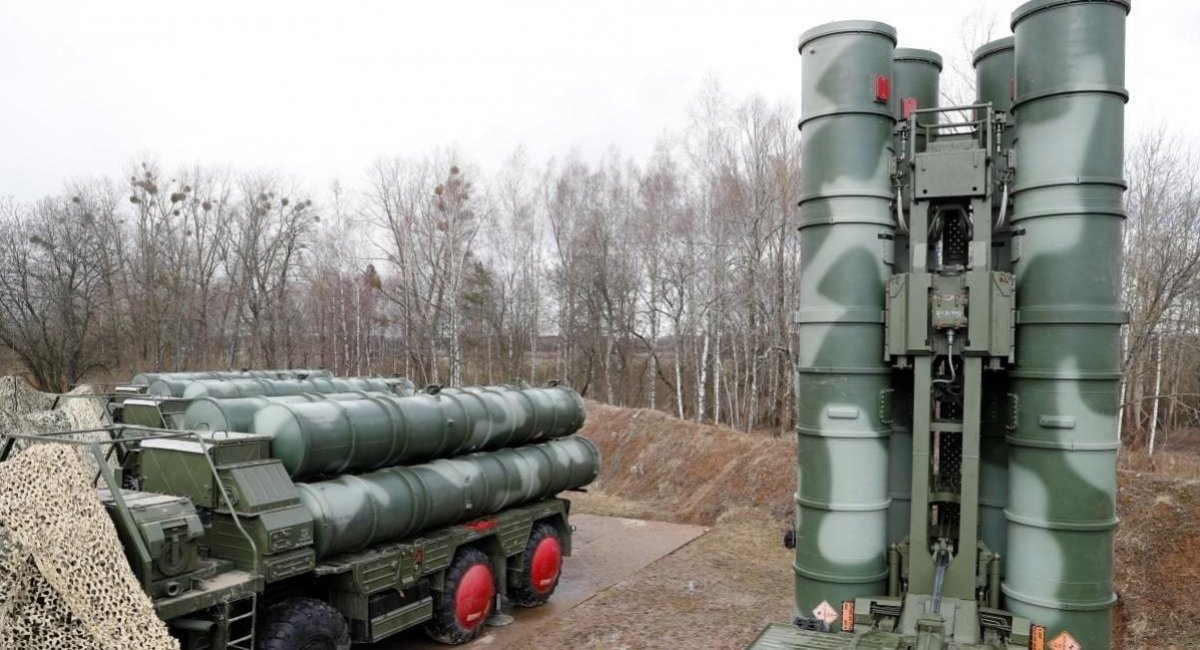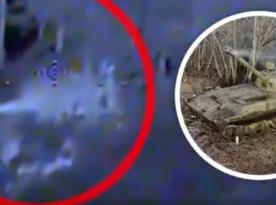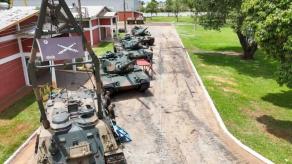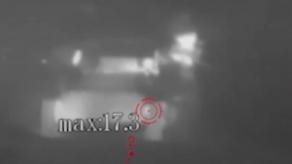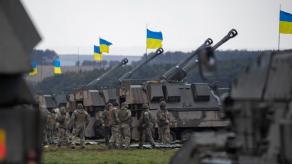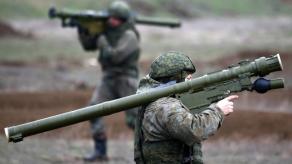Today, on December 13th, russian forces launched a missile attack on Ukraine's capital, Kyiv. Ten missiles were launched at 3 AM, and all ten were destroyed by air defense, Air Force Command reports. Apart from that attack, ten Shahed-136 loitering munitions were launched before the ballistic strike.
There are some mixed signals regarding the weapons used in this attack. The Air Force notes that the exact type of missiles is "yet to be established." Meanwhile, the General Staff followed up and specified the types of missiles as interceptors from the S-400 system and Iskander-M missiles. Other sources report Iskander-K cruise missiles instead of the ballistic "M" version which seems to be a mistake in media communication or translation. Video: Shahed-136 drone destroyed with an Igla MANPADS during the first wave of russian shelling:
Read more: THAAD for Ukraine: Capabilities, Specs, and Prospects of Transfer
An official from the Ukrainian President's administration, Andrii Yermak, said the deployed S-400 interceptors belong to the 48N6 type. These missiles, initially intended for use against aerial targets, can be launched along a ballistic trajectory.
The first known instance of this type of missile launched on Kyiv dates to January 2023. Back in the day, Ukraine still hadn't the capability of intercepting them — requiring advanced anti-missile systems like Patriot or SAMP/T — the debris was identified as from a 48N6DM missile.
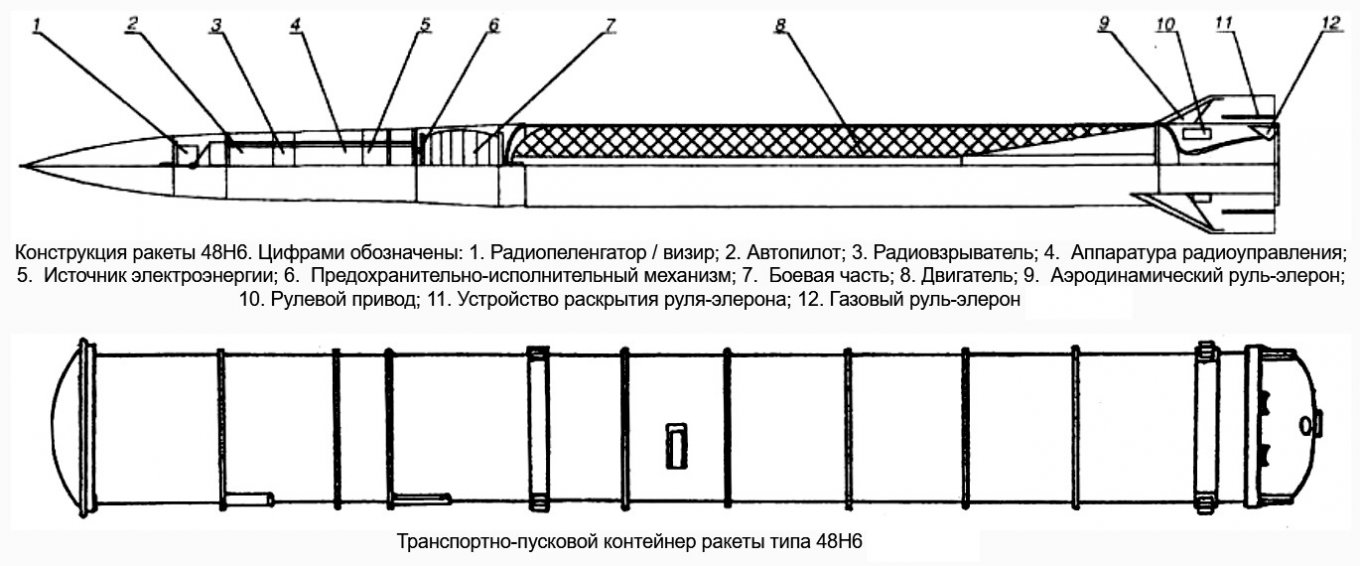
Earlier Defense Express reported that russians are seeking to use this modification as the basis for development of a new type of S-400 missile optimized for attacks on ground-stationed targets.
The 48N6DM has a declared range of 250 km against aerial targets and a 180-kg warhead. The range against ground targets is unknown but for sure surpasses the 250 km range which results in loss of guidance and "dumb" falling onto the ground from an altitude of several kilometers, resulting in compromised hit accuracy.
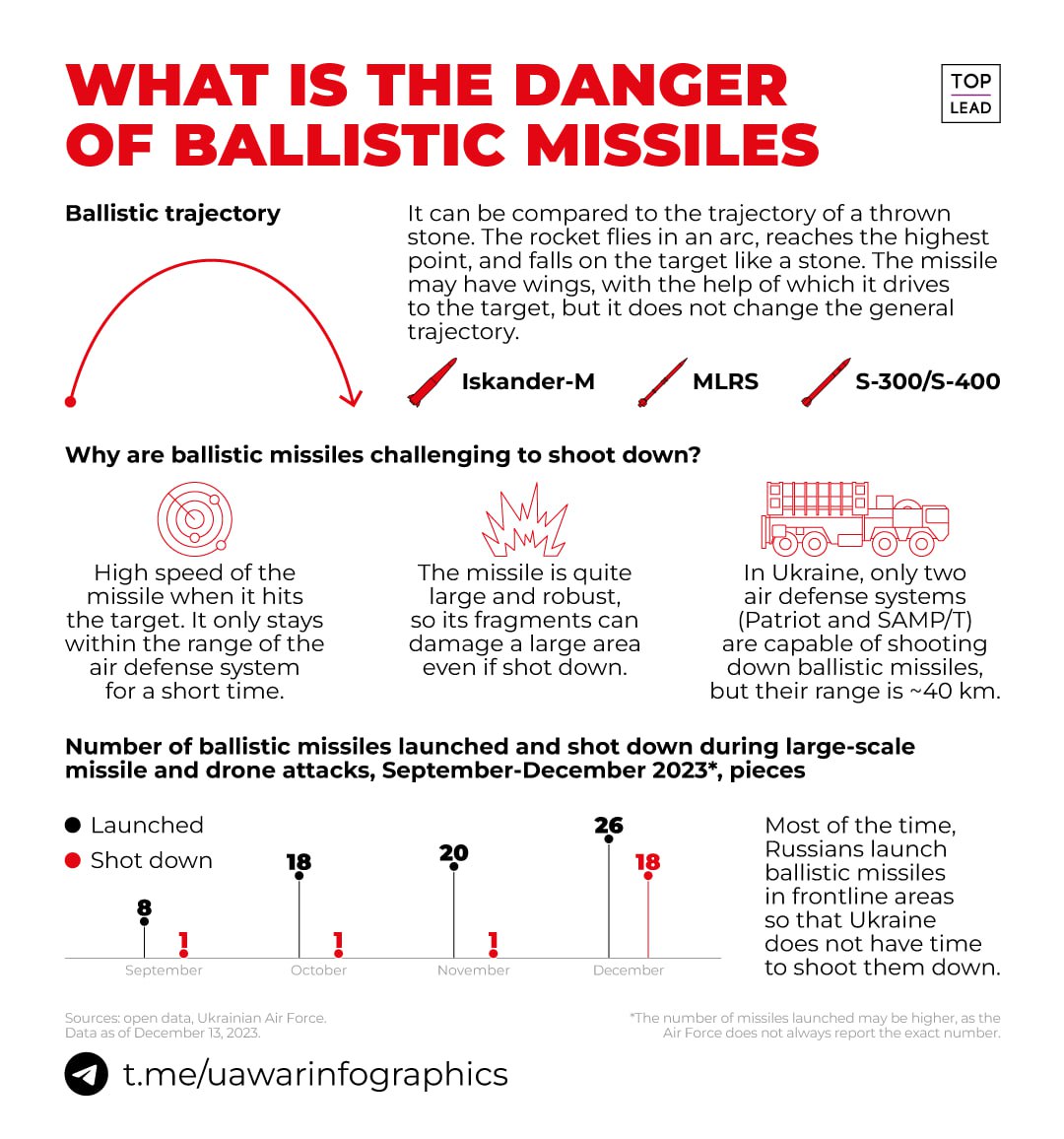
Worth noting, even if an S-400 missile or Iskander-M is intercepted successfully, the falling debris can still cause some damage. During the russian attack on Kyiv, the fragments fell in residential areas, causing fires, the blast wave broke windows, damaged pipelines partially flooded a few streets. Ukrainian State Emergency Service reports.
As of the latest data, 53 people were affected due to the attack, either injured or traumatized psychologically.
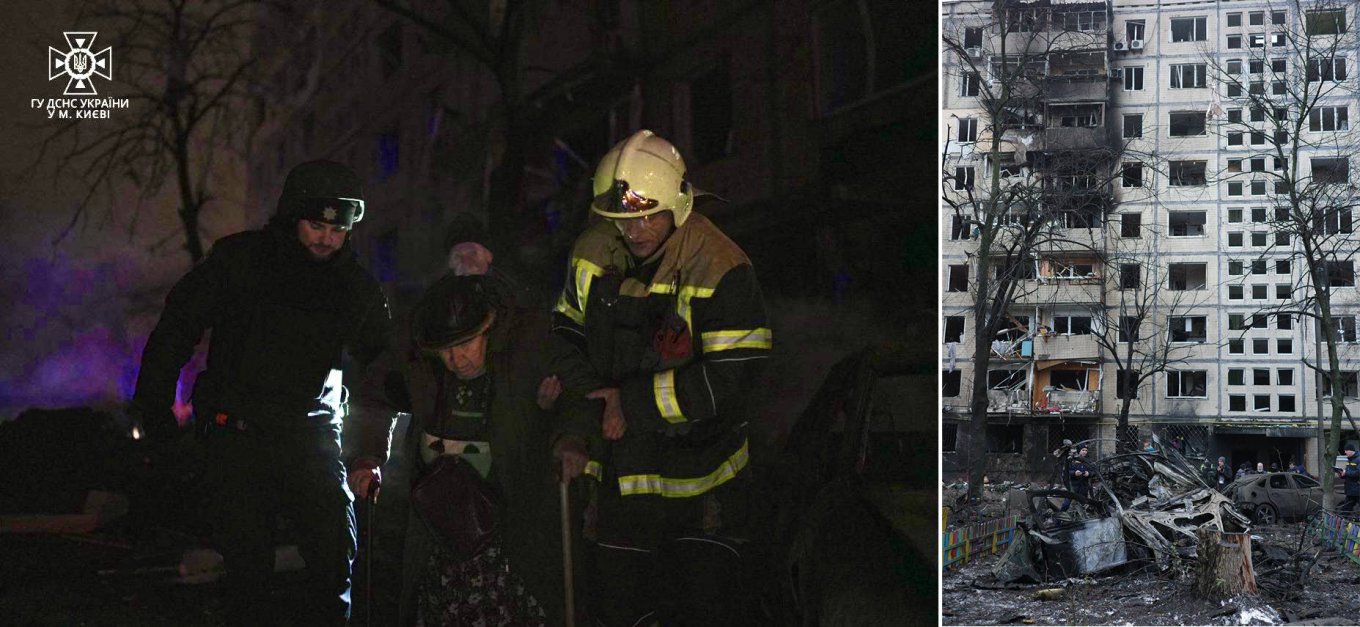
This marked the most massive ballistic attack on Kyiv since the beginning of the russian invasion of Ukraine and the war overall. On a note from Defense Express, the effective air defense managed to reduce the casualties to a minimum. Ten out of ten missiles intercepted is an impressive result because a ballistic attack is technically more dangerous than a Shahed-136 or cruise missile barrage since it takes split-second decisions to repel a ballistic missile falling at its target at speeds gauged in km/s.
Read more: Kyiv Under Ballistic Missile Attack: Why Those are Times More Dangerous




